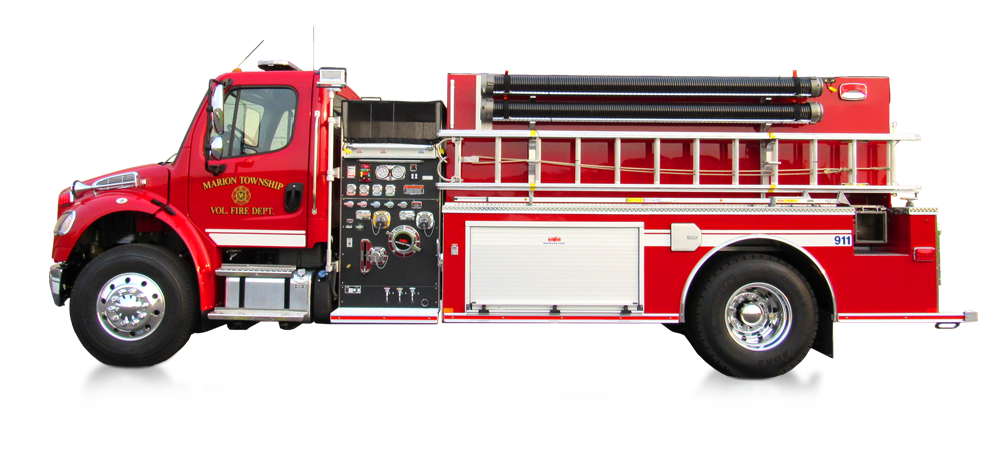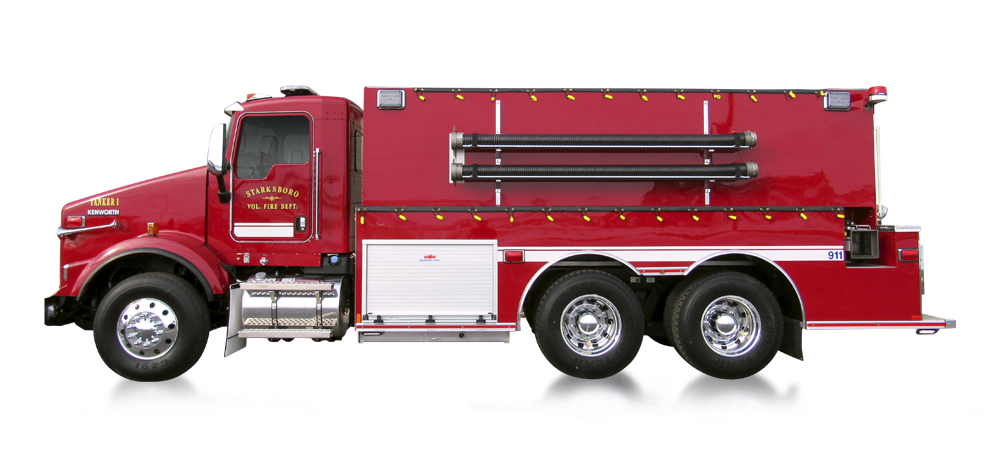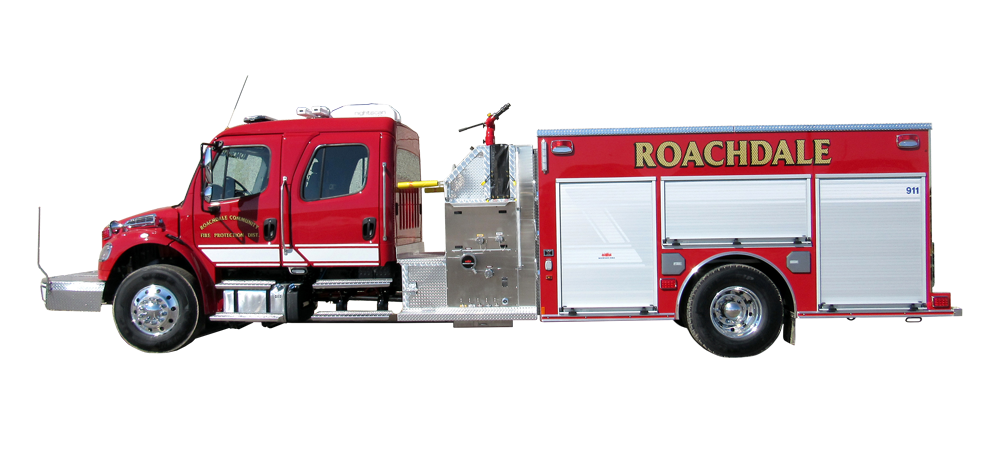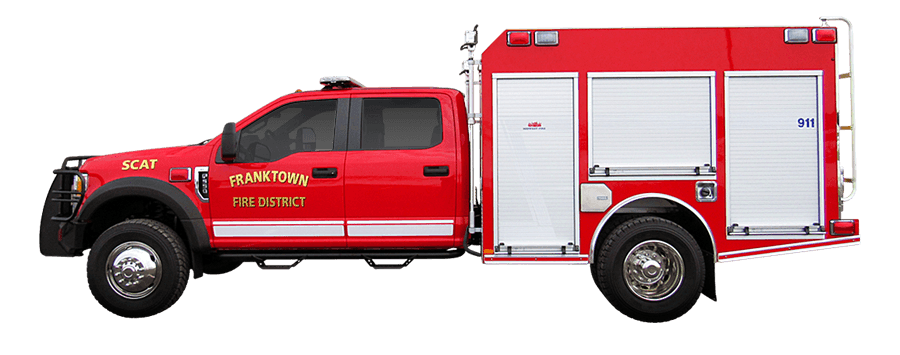National Fire Prevention Week: Situational Awareness Q&A with Rich Gasaway
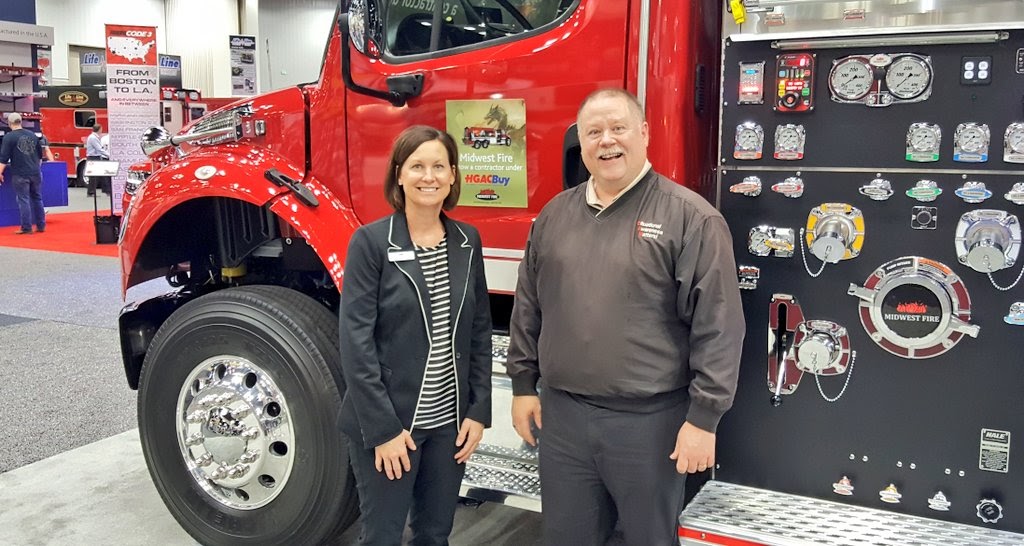
National Fire Prevention Week is October 7th-13th this year, and there is no better person to help us all brush up on fire safety and prevention than Dr. Rich Gasaway. Having served over 30 years in fire service and EMS as a firefighter, EMT-paramedic, lieutenant, captain, assistant chief, and fire chief, Dr. Gasaway is now considered one of the nation’s leading authorities in human error, situational awareness, and high-risk decision making. Midwest Fire is a proud sponsor of his mission to increase safety and save lives. We had the opportunity to chat with Dr. Gasaway about how citizens can contribute to fire prevention, and the takeaways were insightful.
Q: What exactly is “Situational Awareness,” and how does it impact fire prevention?
A: Situational awareness is three-fold, starting with the perception of environmental elements and events, moving then to the comprehension of their meaning, and finally the projection of what that will look like in the future. This speaks volumesfor fire prevention, because situational awareness in our own homes can keep a fire from ever starting in the first place.
Q: What would you say are the biggest hindrances to fire prevention and situational awareness for citizens?
A: Undoubtedly, the hard truth is that denial and ignorance play a major role in the beginnings of many fires. We tend to believe that we are less vulnerable than we really are, and that a fire won’t actually happen to us. But the truth of the matter is fire canhappen anywhere, to anyone. It is no respecter of age, wealth, social status, or disability. Unfortunately, many people don’t realize this until after tragedy has struck.
Q: What is a common misconception you run into relating to fire safety?
A: According to a survey we did in one community, citizens believed they had an average of 8 minutes to escape a fire. In reality, you have about 90 seconds. Hollywood does us no favors in portraying fires for movies, which is the only “experience” many people ever have seeing one. To truly portray what visibility is usually like in a burning home or building, filmmakers would have to put the lens cap on the camera. Hallways and rooms can become total darkness quicker than most people can imagine, as a fire typically doubles in size every 30 seconds.
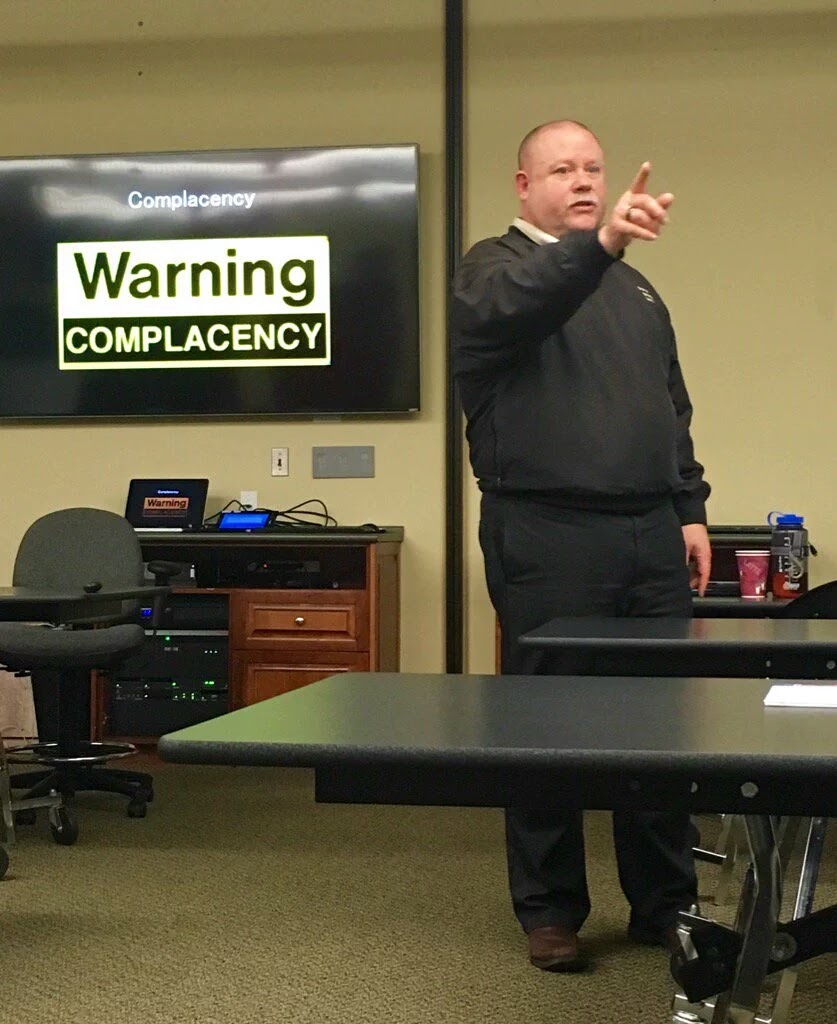
Q: What are some steps every family can take this week to up their fire prevention tactics?
A: It starts with awareness and engagement of the fact that fires do indeed happen every day, and we must take preparedness seriously for the safety of our families. Then, have the necessary conversations with everyone in your home! Create a plan of escape and practice it, trying to get your time down. Go ahead and discuss what you would and would not do if a pet or even person is still in the house.
Also, check your smoke detectors. If the detector is more than 10 years old, replace it and write the year you replaced it on the back with a marker for future reference. A good rule of thumb is to replace the smoke detector batteries when you change your clocks for daylight savings time. Consider installing more detectors in your home—I have a normal three-bedroom house, and 14 smoke detectors throughout so that we would be alerted with plenty of time to evacuate! Another great tip is to let your children hear what the alarm sounds like, so they are prepared and not caught off guard should it be the real deal.
Q: Do you have any additional tips for staying alert and protecting our homes?
A: Take some time to understand the most common ways fires occur. Many are under the impression that if they don’t smoke, use candles, or have a fireplace, then they are free of risk. However, I have personally seen a full kitchen fire originate from a junk drawer. In this case, a 9-volt battery and piece of steel wool came in contact and created an arc, causing the steel wool to send the drawer and then cabinets into flames. There are many possible hazards hiding in most of our houses. I encourage everyone to survey their homes with a critical eye and minimize any possible risk of fire.
Additional resources and information about Fire Prevention week can be found on NFPA’s website. Midwest Fire would like to thank Dr. Gasaway first for his continuing service, and also for this interview. If your department is looking to purchase new firefighting equipment, please give us a call at 800.344.2059 or email at info@midwestfire.com.
 Tanker-Pumper
Tanker-Pumper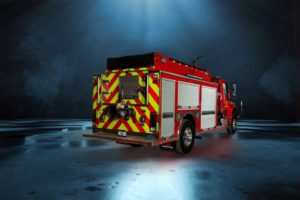 Tanker
Tanker Pumper
Pumper Custom Pumper
Custom Pumper Brush Truck
Brush Truck Quick-Attack
Quick-Attack Type 3
Type 3 Mini Pumper
Mini Pumper